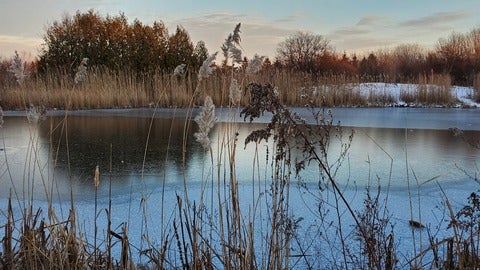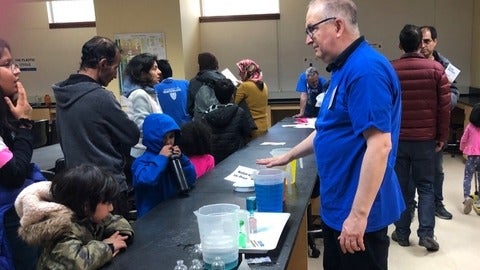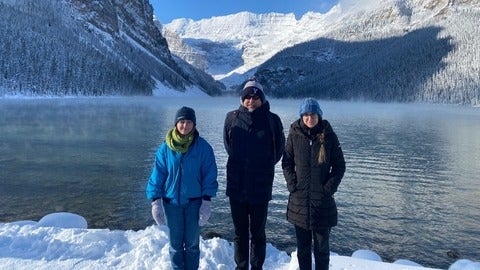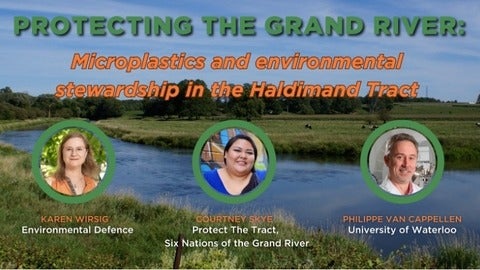Philippe visits China University of Geosciences
Philippe visited China University of Geosciences (CUG) in Wuhan China on November 13-17. The visit included in-depth discussions on collaborations between Waterloo’s Ecohydrology Research Group (ERG) and CUG’s Environmental Hydrogeology Group (EHG).




